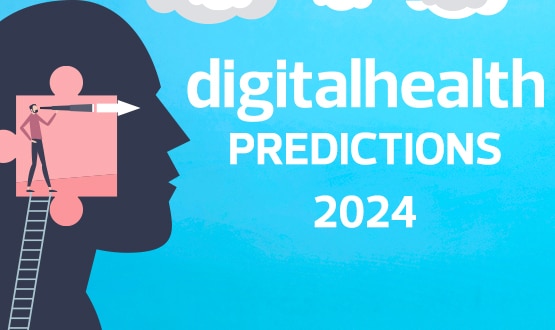Technology can reduce or create medication errors
- 3 December 2003
Technology has the potential both to reduce and to create new types of medication errors – and should be implemented with care, according to a national report from the US Pharmacopeia.
The MEDMARX report analysing medical errors reported in 2002 shows that computer entry problems accounted for 10.3% of all the “causes of error” analysed from 174,109 reports. The figure was down very slightly on the 2001 report which recorded computer entry errors in 11% of reports. Computer entry errors were slightly less likely to be cited in adverse incidents which resulted in harm to a patient in 2002 (8.2% of reports).
Fax and scanner errors were cited in 1.7% of reports.
The report observes: “Unquestionably, the adoption of new technology has greatly influenced the medication use process in today’s healthcare delivery. Direct prescriber order entry, automated dispensing devices (in pharmacies and patient care areas), and sophisticated infusion devices are among the many technological advances adopted ostensibly to improve efficiency and safety during an era of abundant drug approvals, soaring drug costs and healthcare worker shortages.
“However, according to records in the MEDMARX database, technology can also induce unforeseen errors that may not have been present previously. Therefore healthcare facilities must adopt new technology in a deliberate, careful and integrated manner that minimises the introduction of new errors throughout the medication process and that maximises the technology available to provide alerts, safety checks, dosage calculations and decision support.”
The report counsels healthcare providers to develop interdisciplinary teams with expertise in content and process re-design to ensure that new technology is not introduced in ways that harm patient safety.
Four examples of computer entry errors are given in the areas of prescribing, documenting, dispensing and administering medication.
The prescribing error occurred when a doctor selected the patient’s father from the system when the drug was need by the son. The error was noticed by the parent at the pharmacy and a correct prescription was obtained.
The documenting error came when nursing staff entered orders for one patient into the computer system under another patient’s profile. The patient profile was found to have the last four digits in the account number and the first letter of both patients’ last name was the same. The error was discovered on day three of a hospital stay.
The dispensing error occurred when metformin (500mg BID) ordered for a patient in room 205-1 was entered in the pharmacy under room 204-2. The wrong patient was given two doses.
The administration error happened when a nurse accessed a computer screen not realising that it related to a different patient. The wrong medication was administered, though the patient suffered no adverse sequelae.




